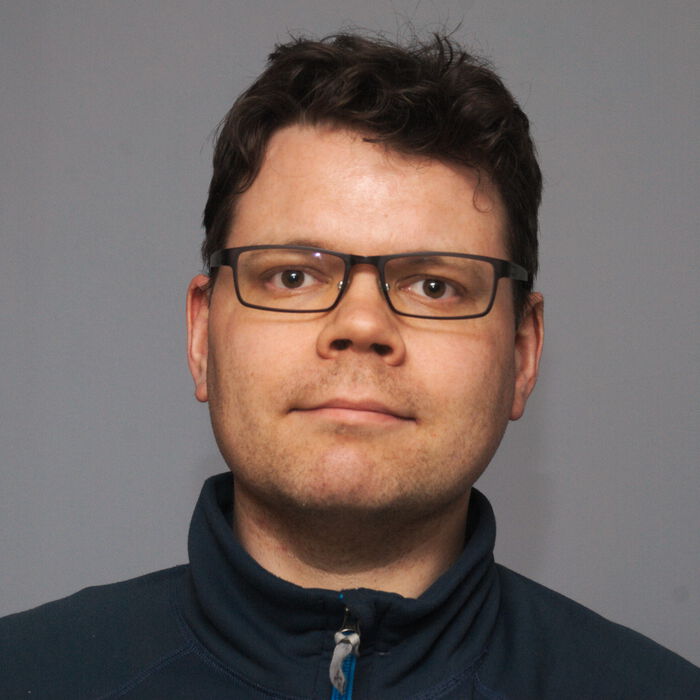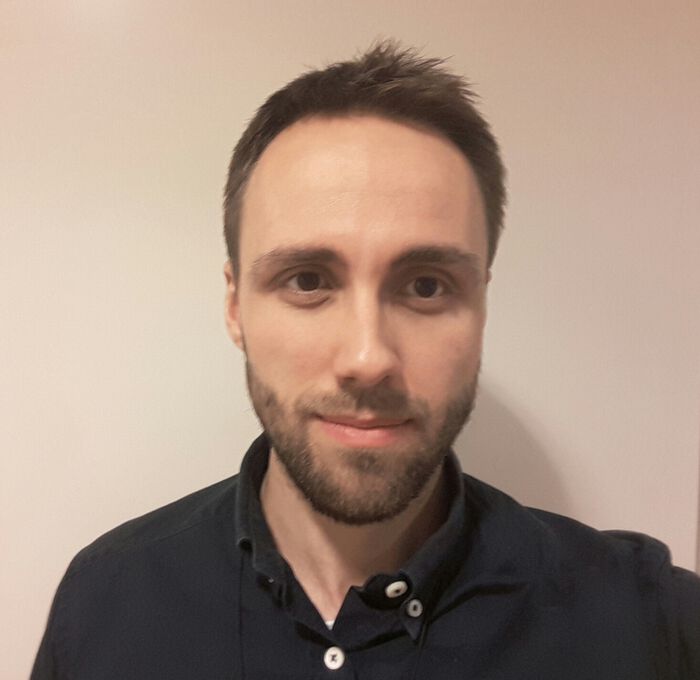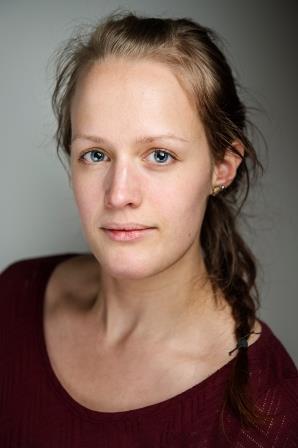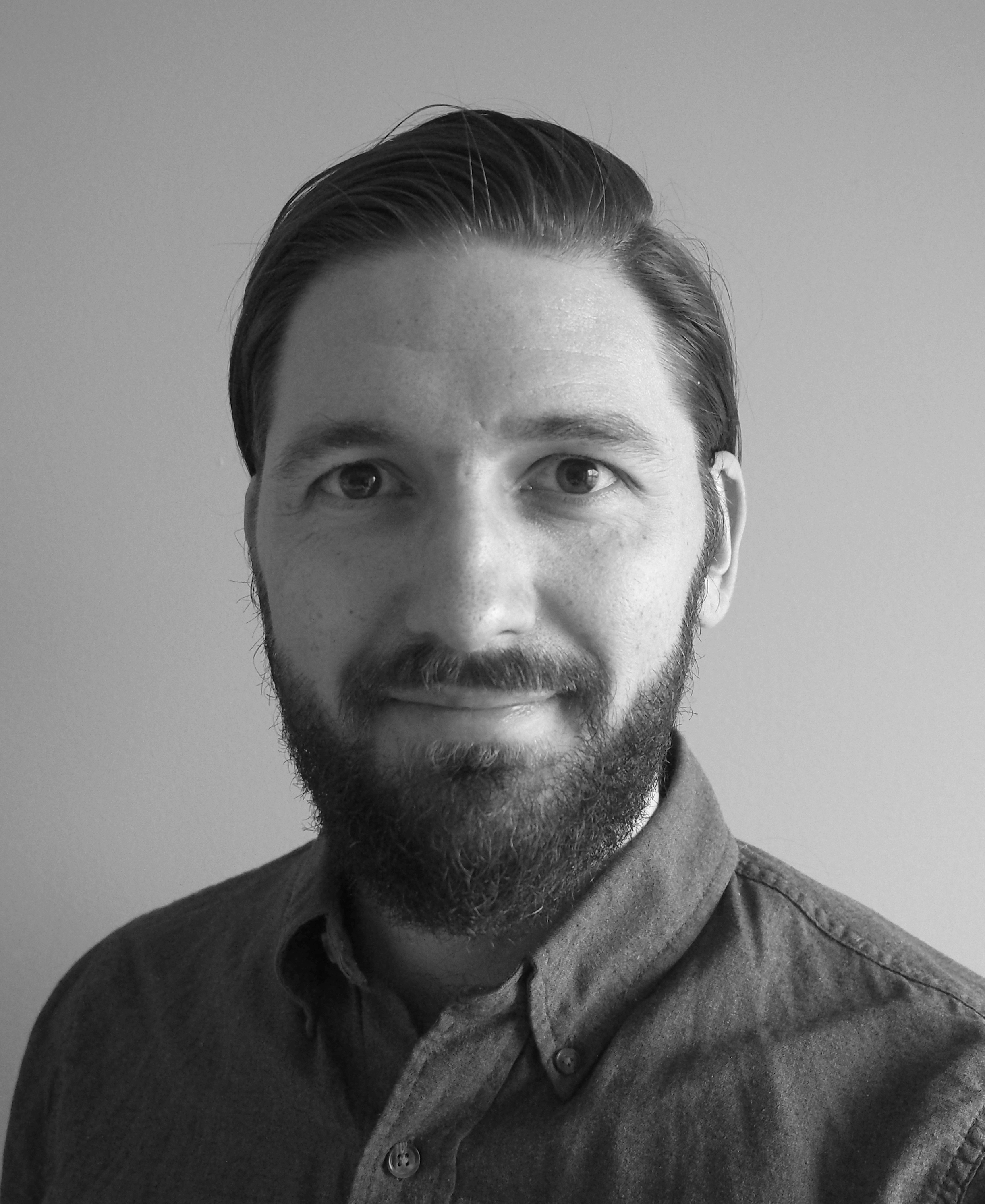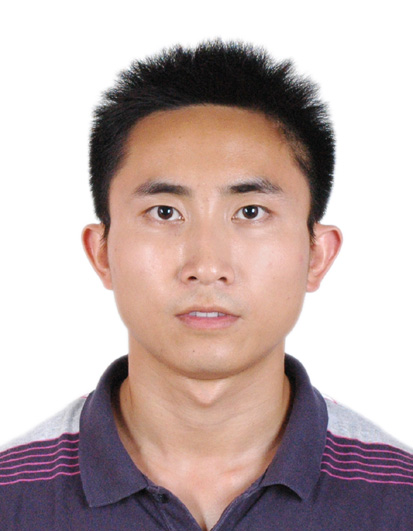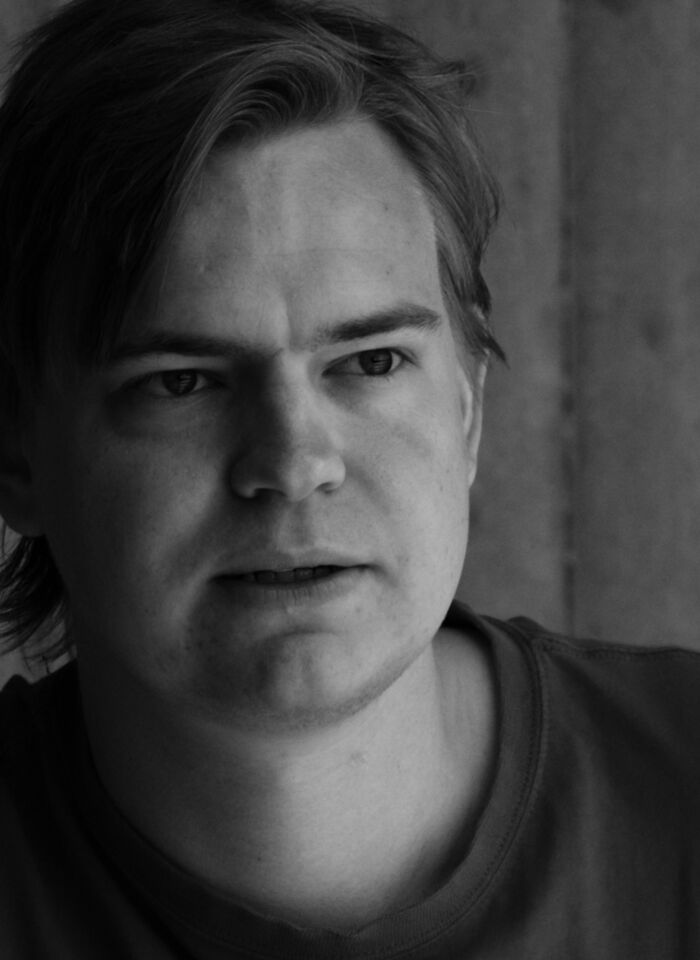events - Page 44
Master in Physics Åsmund Skjæveland at Department of Physics will be defending the thesis Energy Inputs and upflow motion in the cusp for the degree of Ph.D.
Doctoral candidate Master in Physics Åsmund Skjæveland at Department of Physics will give a trial lecture on the given topic: Mass escape from Earth's atmosphere
Chris Kouvaris, CP3-origins Odense
Asymmetric dark matter with sufficiently strong self-interactions might potentially lead to the formation of dark matter compact objects. I will entertain this possibility providing possible ways of distinguishing these “dark stars” from ordinary black holes and other compact objects like neutron stars. I will also discuss some new techniques in dark matter direct detection that could facilitate searches in the sub-GeV mass region.
(The slides will be available here)
See the conference web page for details
Self-assembly & Surface Properties of Peptides and Peptidomimetic Polymers
Jon Magne Leinaas, FI
I will discuss how one-dimensional interacting fermion systems, which in the low energy approximation are described by Luttinger liquid theory, can be reformulated as systems of weakly interacting particles with fractional charge and statistics. The approach is to use Landau's phenomenological approach to Fermi liquid theory, with quasiparticles interpreted as adiabatically dressed fermions. In an earlier publication the local charge carried by these excitations has been shown to be a fraction of the fermion charge. I will here focus on the statistics of the quasiparticles and show that by a change of momentum variables the Landau parameters of the generalized Fermi fluid can be transformed to zero. This change in interaction is compensated by a change of the Pauli exclusion, which is consistent with the interpretation of the quasiparticles as satisfying generalized exclusion statistics.
(The slides will be available here)
Master in Physics Røthe Arnesen at Department of Physics will be defending the thesis "Image guided strategies for individualised radiotherapy of locally advanced cervical cancer" for the degree of PhD.
Doctoral candidate Master in Physics Marius Røthe Arnesen at Department of Physics will give a trial lecture on the given topic:
"The role of proton therapy vs. an MRI-LINAC in the treatment of cervical cancer?"
Tom Theuns, Durham University
Gas in between galaxies produces a forest of absorption lines in the spectra of bright objects such as distant quasars. This "Lyman-alpha forest" arises due to absorption by a sprinkling of neutral hydrogen in the otherwise highly ionised intergalactic gas, with many lines forming in mildly over dense, or indeed under dense intervening structures. These modest fluctuations can be simulated quite accurately, and comparing mock spectra to the exquisitely high resolution and high signal-to-noise observed spectra allows tight constraints on the nature of the absorbers.
In this talk, I will concentrate on what such as comparison tells up about the temperature and ionisation state of the gas, and explain how these measurements can also put tight constraints on any free streaming due to warm dark matter.
(The slides will be available here)
Detecting Anomalies in Underwater Ambient Noise Using ARMA Models
Master of Science Anne Schad Bergsaker at Department of Physics will be defending the thesis "An experimental study of deformation processes in chalk and calcite" for the degree of PhD
Doctoral candidate master of Science Anne Schad Bergsaker at Department of Physics will give a trial lecture on the given topic: Compaction in carbonate reservoirs- experiences and Challenges regarding oil recovery.
Master of Science Sunniva Rose at Department of Physics will be defending the thesis Aspects of the Thorium fuel cycle for the degree of Philosophiae doctor.
Doctoral candidate Master of Science Sunniva Rose at Department of Physics will give a trial lecture on the given topic: "Cosmic fission: the synthesis of the heavy elements and the role of fission."
Aurel Schneider, ETH Zürich
Observations of small and intermediate cosmological scales provide an active frontier for dark matter (DM) research. I will talk about how DM scenarios affect structure formation, leading to potentially observable signals in current and future galaxy surveys.
(The slides will be available here)
Master in Physics Endre Grøvik at Department of Physics will be defending the thesis Multimodal Dynamic MRI for Structural and Functional Assessment of Cancer for the degree of Philosophiae doctor.
Doctoral candidate Master in Physics Endre Grøvik at Department of Physics will give a trial lecture on the given topic: "Safety of MRI contrast agents."
Aritra Gupta, HCRI, Allahabad
The most widely studied scenario in dark matter phenomenology is the thermal WIMP (Weakly Interacting Massive Particle) scenario. Inspite of numerous efforts to detect WIMP, till now we have no direct evidence for it. A possible explanation for this non-observation of dark matter could be because of its very feeble interaction strength and hence, failing to thermalise with the rest of the cosmic soup. In other words, the dark matter might be of non-thermal origin where the relic density is obtained by the so called freeze-in mechanism. Furthermore, if this non-thermal dark matter is itself produced substantially from the decay of another non-thermal mother particle, then their distribution function may differ in both size and shape from the usual equilibrium distribution. In this talk I will discuss about such a non-thermal (fermionic) dark matter scenario in the light of a new type of U(1)B-L model. The model is interesting, since, besides being anomaly free, it can give rise to neutrino mass by Type II see-saw mechanism. Moreover, we will see, that it can accommodate a non-thermal fermionic dark matter as well. Starting from the collision terms, ...(cont. below)
(The slides will be available here)
Yoann Génolini, LAPTH Annecy
Recent experiments (notably PAMELA and, more recently, AMS-02) are ushering us into a new era of measurements of cosmic-ray fluxes with greatly reduced statistical uncertainties. These high precision measurements offer new opportunities for a number of astroparticle problems, such as indirect dark matter searches. In particular, astrophysical anti-particle fluxes are thought to be produced only by collisions of cosmic rays on the interstellar medium, and their relatively low flux makes them a channel of choice to look for rare processes. Nonetheless, the prediction of these expected backgrounds relies on a precise modeling of the cosmic ray propagation and interaction in the Galaxy, usually constrained by « secondary over primary » ratios. I will show that the predictions for the most widely used among these probes, the boron-to-carbon ratio (B/C), strongly depends on underlying assumptions. Under some simplified hypotheses on the propagation scenario, I will present two of our studies reevaluating anti-protons and positrons fluxes in the light of new AMS02 data, and discuss the implications for dark matter. (continued below)
(The slides will be available here)
Master in Optics Xiangcai Chen at Department of Physics will be defending the thesis A study of dayside open/closed field line boundary dynamics using simultaneous ground-based optical and HF radar observations for the degree of Philosophiae Doctor (PhD)
Doctoral candidate Master in Optics Xiangcai at Department of Physics will give a trial lecture on the given topic: "Challenges in radio wave communication and navigation at auroral latitudes"
Effekt av TGF-ß3 på humane cellers strålefølsomhet: Effekten av TGF-ß3 sammen med peroksinitritt(ONOO-) på T-47D kreftcellers følsomhet for røntgenstråling
Jens Chluba, University of Manchester
Since the measurements with COBE/FIRAS in the mid-90's we know that the CMB spectrum is extremely close to a perfect blackbody. There are, however, a number of processes in the early Universe that should create spectral distortions at a level within reach of present day technology. I will give an overview of recent theoretical and experimental developments, explaining why future measurements of the CMB spectrum will open up an unexplored new window to early-universe and particle physics, with possible non-standard surprises and several guaranteed signals awaiting us. I will highlight the complementarity of the distortion signals and the CMB anisotropies, illustrating how future distortions measurements could shed new light on different inflation models.
(The slides will be available here)
Master in Physics Alexander Hupfer at Department of Physics will be defending the thesis Hydrogen related point-defects in mono-crystalline zinc oxide for the degree of Philisophiae Doctor.
Doctoral candidate Master in Physics Alexander Hupfer at Department of Physics will give a trial lecture on the given topic: Solid state lightning
